What is business intelligence? Transforming data into business insights
CIO Business Intelligence
JANUARY 20, 2023
BI tools access and analyze data sets and present analytical findings in reports, summaries, dashboards, graphs, charts, and maps to provide users with detailed intelligence about the state of the business. Business intelligence examples Reporting is a central facet of BI and the dashboard is perhaps the archetypical BI tool.




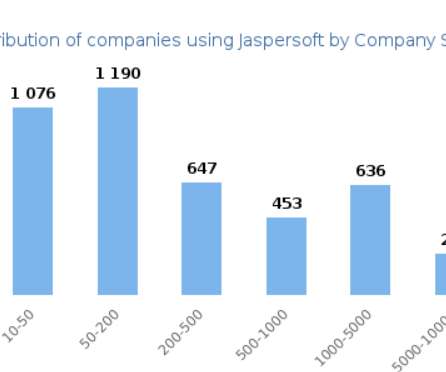




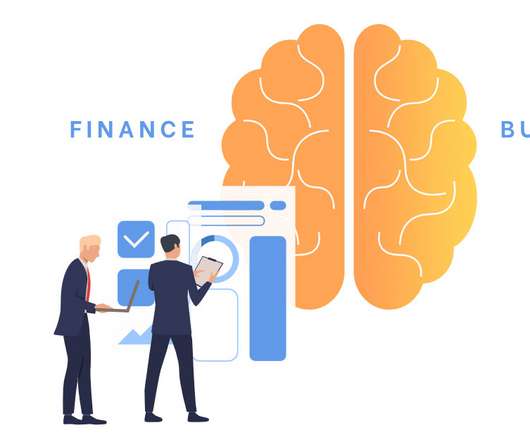

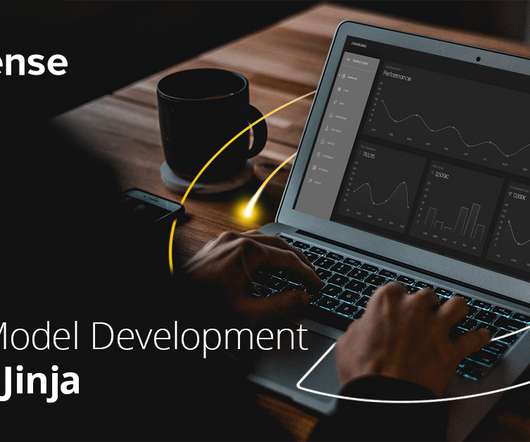

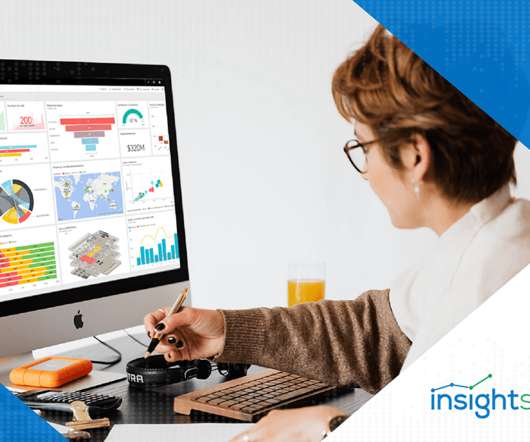

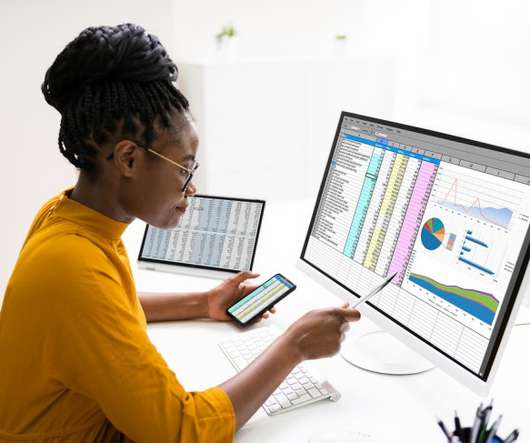








Let's personalize your content